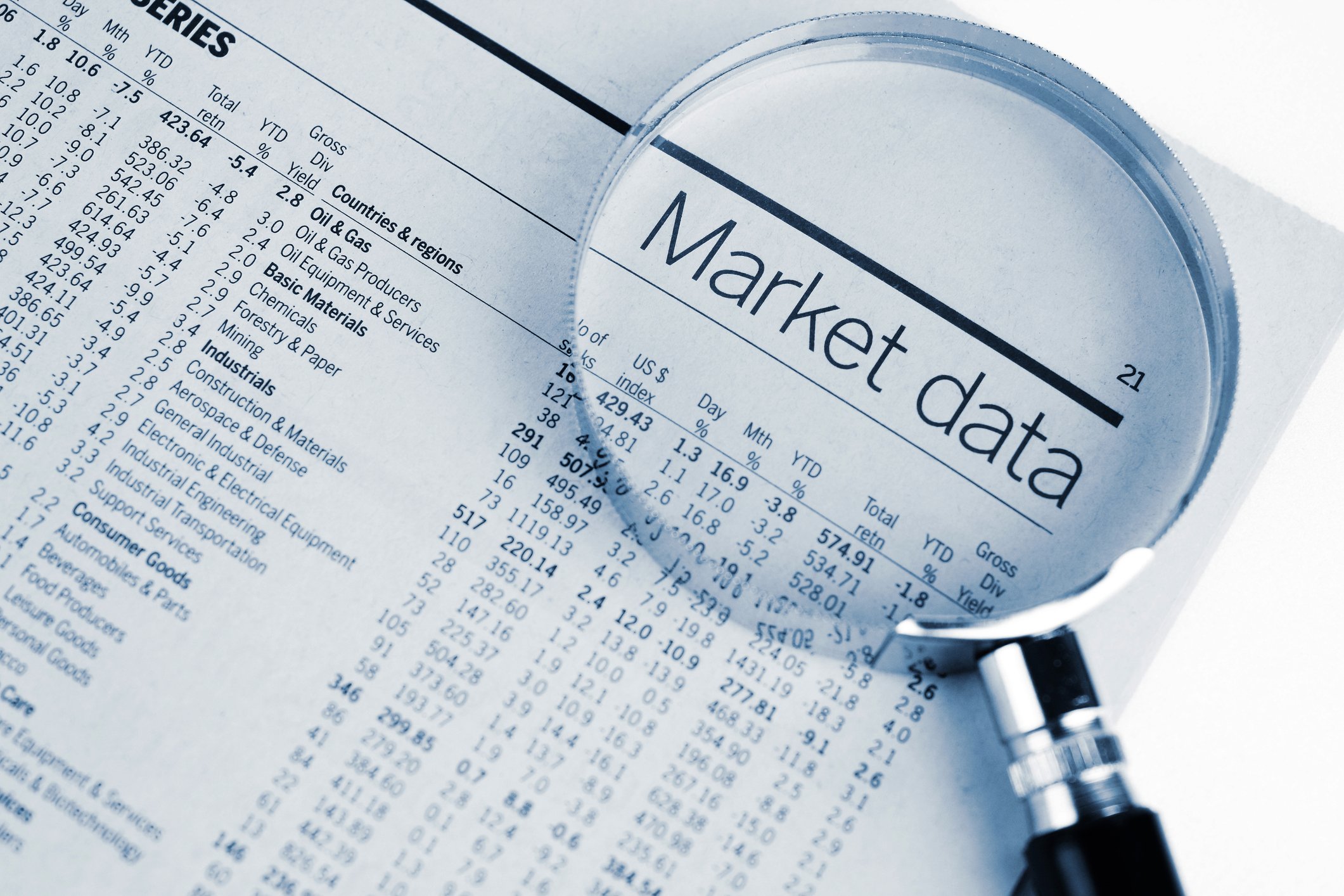
Image source: Getty Images.
With just a little more than a week to go before we close the book on 2016, one thing investors will certainly be able to say is this was an exciting year (and probably a profitable one for many).
The year began with the worst two-week losses ever recorded by the major U.S. indexes. By mid-February, all three indexes, including the famed Dow Jones Industrial Average (^DJI 0.80%), were down by a double-digit percentage, and the prospect of an end to the seven-year bull market looked possible. However, all three indexes have since galloped higher, with the 14.6% year-to-date gain in the Dow being arguably the biggest bright spot for investors.
Five things to do if the Dow hits 20,000
However, the Dow may not be done yet. Since the election, U.S. stocks have been on fire and the Dow has been taking down one record high after another. With just days left before we ring in the New Year, the Dow Jones Industrial Average sits just 25 points away from eclipsing the in-focus 20,000-point mark. Considering that the Dow was at just 6,500 in March 2009, the fact that we're event talking about Dow 20,000 as a possibility less than eight years later is truly incredible.
But, the possibility of hitting this milestone in America's oldest stock index could also have unintended consequences if investors aren't mindful of their actions and emotions. If the Dow does hit 20,000, there are five things you should do as an investor:
- Realize
- Understand
- Avoid
- Reassess
- Consider

Image source: Getty Images.
1. Realize this is arbitrary
The first thing investors need to realize is that Dow 20,000 is a completely arbitrary number made up by the media and Wall Street analysts. Though investors are eager to change the first digit on the Dow to a "2," the Dow has hit more than a dozen record high closings just since the Nov. 8 election. We could just as easily be celebrating Dow 19,954, or Dow 19,978, or any number randomly pulled out of a hat. In short, realize that Dow 20,000 is just a number – one of many in the Dow's impressive march higher since the Great Recession.
2. Understand that the market heads higher over the long term
Secondly, investors should understand that the Dow rallying higher really isn't outside of its historic norm. Historically, the stock market averages a 7% gain per year inclusive of dividend reinvestment. Though it'll have its bad years mixed in with the good, stock valuations (of good companies) tend to increase over time.
The S&P 500 (^GSPC 0.19%) provides additional evidence of this. According to Yardeni Research, the S&P 500 has had 35 corrections of 10% or more, when rounded to the nearest whole number, since 1950. Yet, every single one of these 35 corrections has been completely erased by a bull market rally. It can sometimes take years to erase a stock market correction, but long-term investors understand that over time the market tends to head higher, which favors patient long-term investors.
3. Avoid selling great stocks just because of a milestone
Third, investors should strongly avoid selling stocks from their investment or retirement portfolio just because the Dow has hit an arbitrary milestone, or because certain Wall Street pundits have suggested that "valuations are extended" or stocks are "overvalued." The management of your investments could probably care less whether the Dow is at 15,000 or 20,000. They're solely focused on growing their business and outpacing their competition, and that's where your focus should be too. Stock index valuations have nothing to do with the valuations of your individual companies, meaning Dow 20,000 should have no bearing on the business activity of your stock holdings.

Image source: Getty Images.
4. Reassess your holdings
However, Dow 20,000 could be a good time to reassess your portfolio holdings and review the main reasons why you bought the stocks you own in the first place. You certainly don't need Dow 20,000 to do so, as you should be regularly reassessing the stocks you own and determining if your buy thesis remains intact. Should your buy thesis no longer hold true (e.g., a changing business model, new competition that makes a core product of your company inferior, a management scandal, and so on), then it could be time to consider parting ways with your stock(s).
5. Consider adding dividend stocks as a hedge
Finally, investors should probably consider adding dividend stocks to their portfolio as a hedge should the short-term-minded stock analysts be right about a stock market correction. Not only can dividend stocks help hedge your downside during a correction, but they tend to outperform non-dividend-paying stocks over the long run anyway, meaning they're a potentially good buy regardless of whether the market is going up, down, or is flat. As an added bonus, recurring dividends are often the mark of companies with time-tested business models, meaning they're usually a beacon of sustainable profits for investors.







